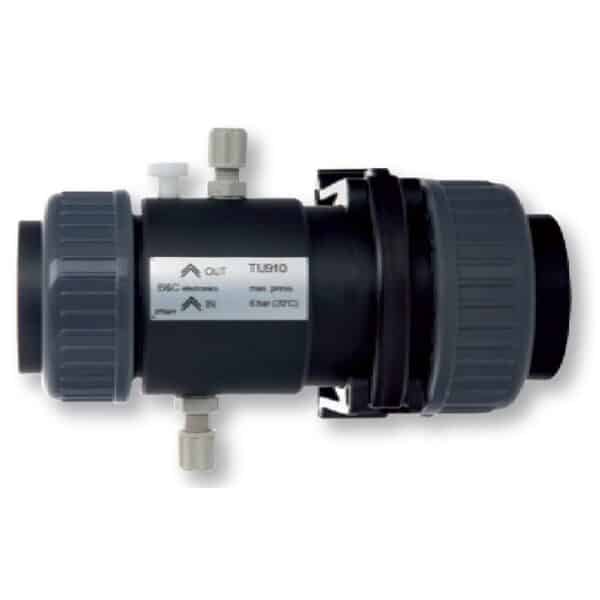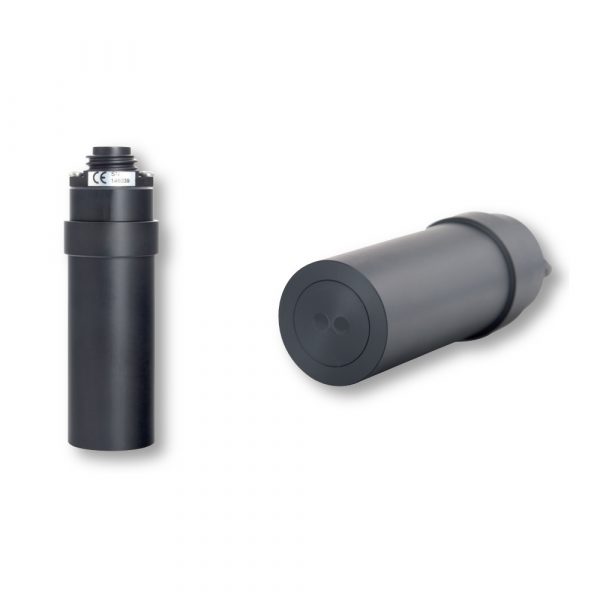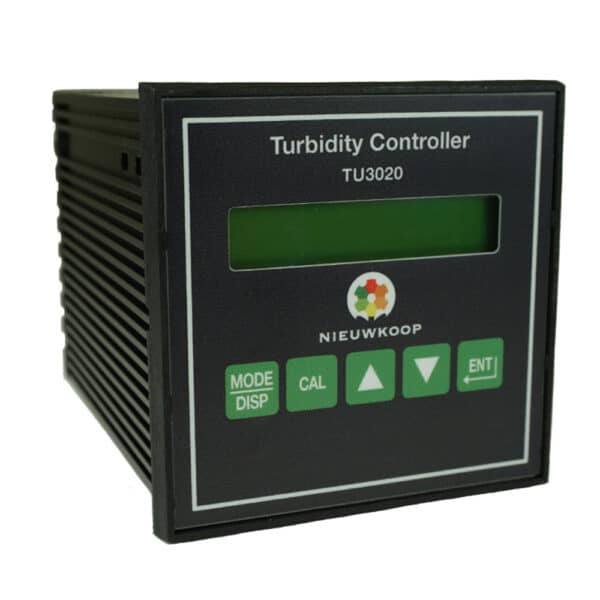In various applications in wastewater, drinking water, surface water, cooling water, process water, etc., turbidity is an important commonly used and measured parameter. How is turbidity defined and how is it measured?
Turbidity is the degree to which light is scattered or absorbed inside a liquid which is caused by the presence of undissolved particles. Simply explained, it is the degree of clarity of a liquid. When fewer undissolved particles are present in a liquid, clarity increases, and turbidity decreases inversely. When there are more undissolved particles in liquid, the clarity then decreases and the turbidity increases.
To measure turbidity, an infrared light beam is sent into the liquid. It is then measured at a certain angle how much scattered light emanates from this beam. This, in turn, can be translated into the degree of turbidity of a liquid.
Over time, different units for turbidity have been created and named after the method of measurement/calibration or its inventor. Our measuring instruments use the NTU unit to measure turbidity.
What is the ideal turbidity for you depends on your personal application. We are happy to help you accurately and reliably measure and monitor the desired turbidity with one of our measuring instruments. View our range of turbidity meters here.
-
 Turbidity Flowcell, TU5300€270,00 excl. VAT
Turbidity Flowcell, TU5300€270,00 excl. VAT -
 Turbidity sensor, in-line, TU5000€1.150,00 excl. VAT
Turbidity sensor, in-line, TU5000€1.150,00 excl. VAT -
 Turbidity controller, TU3020€1.335,00 excl. VAT
Turbidity controller, TU3020€1.335,00 excl. VAT